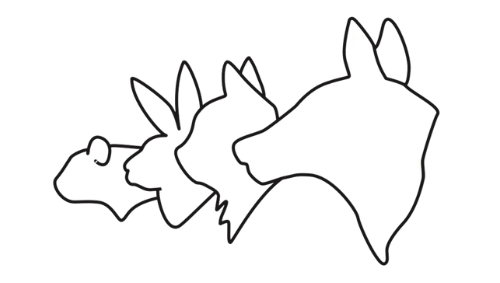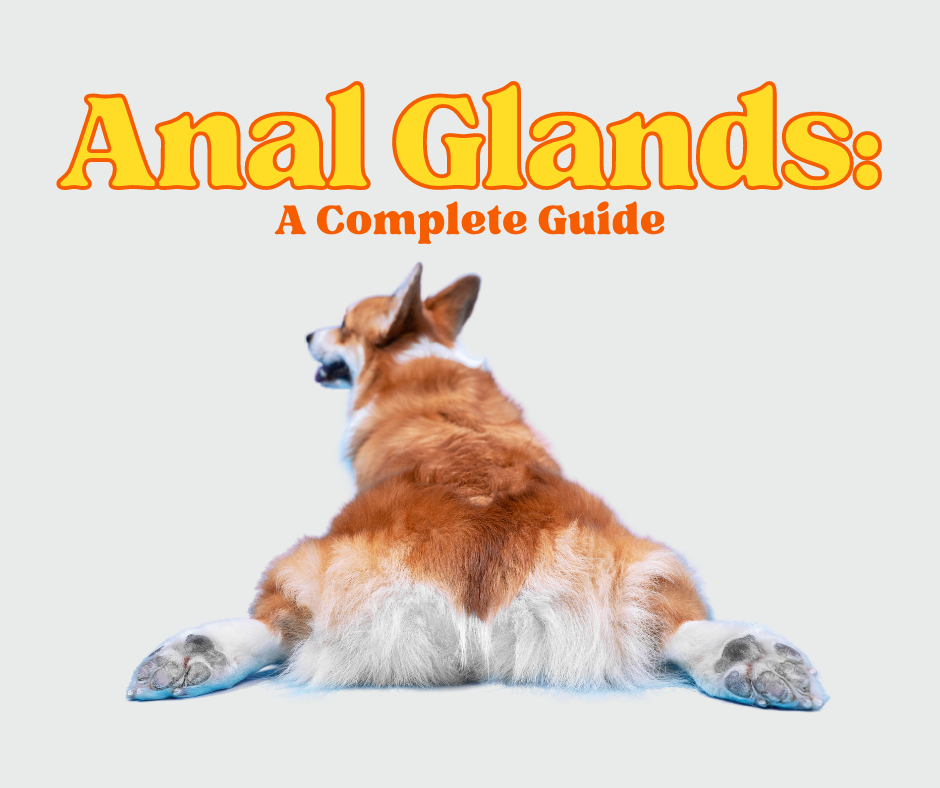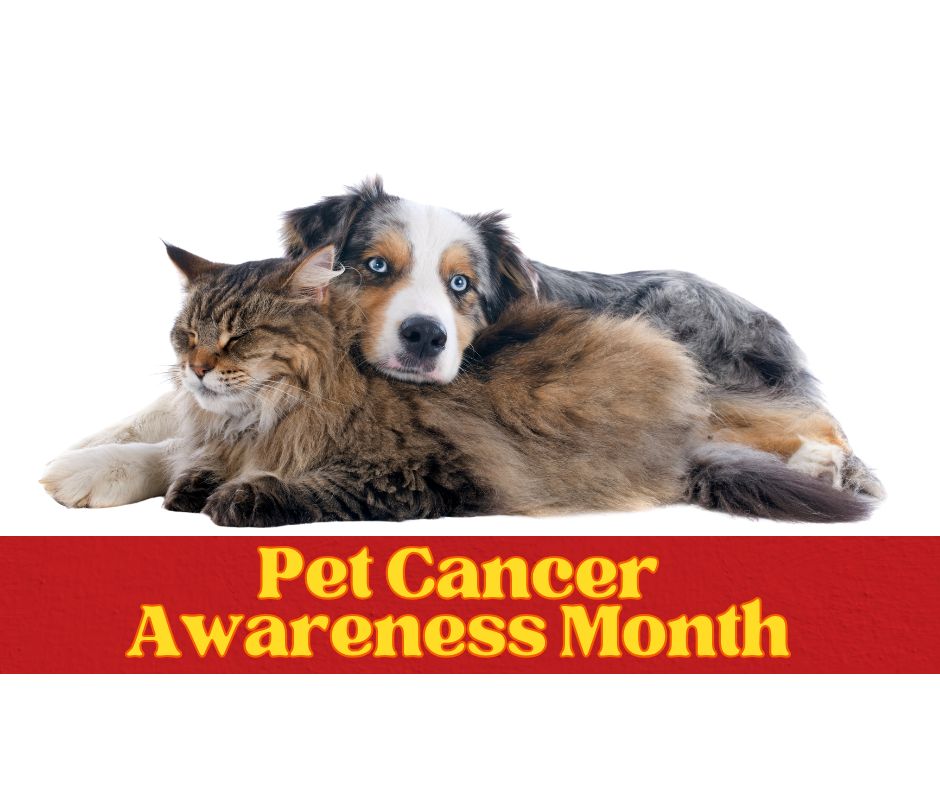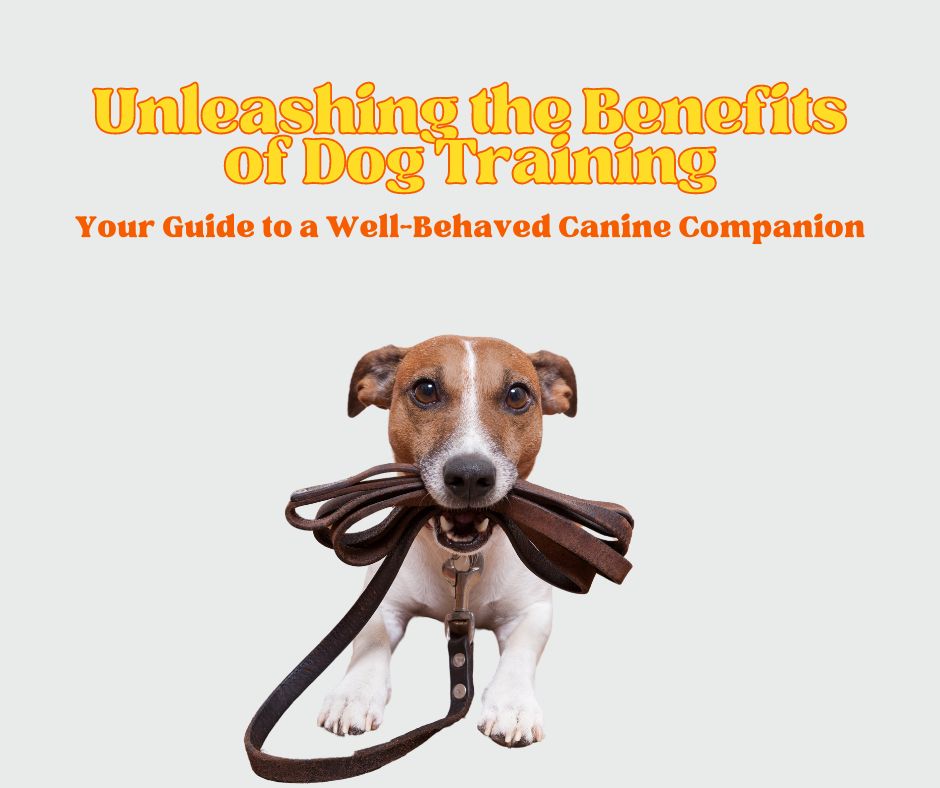Understanding the Importance of Anal Glands Care for Your Pet
Taking care of your pet’s anal glands is an essential part of their overall health and well-being. While it may not be the most glamorous topic, understanding the importance of anal gland care is crucial for every pet owner. Anal gland problems can cause discomfort and even lead to more serious health issues if left untreated. In this section, we will explore the significance of pet anal gland care, common problems that can arise, and how to maintain optimal anal gland health for your furry friend. By learning about this often overlooked aspect of pet care, you can ensure your pet’s comfort and prevent potential complications down the line.
Causes and Symptoms of Anal Glands Issues in Pets
Anal gland problems can arise from various underlying causes, and it’s essential to recognize and address them promptly to ensure your pet’s comfort. Here are some common causes:
1. Blockage. One of the primary reasons for anal gland issues is blockage. Normally, the anal glands secrete a foul-smelling liquid when a dog defecates. However, if the glands become blocked or do not empty properly, they can become impacted.
2. Infection. Infections in the anal glands can result from bacteria entering the glands through a small tear or opening. These infections can cause pain and discomfort for your pet.
3. Diet. Diet plays a role in anal gland issues. If your pet’s diet lacks sufficient fiber, their stools may be too soft to naturally express the anal glands during bowel movements. Conversely, diets high in low-quality fillers may lead to obesity, which can also contribute to anal gland problems.
4. Breed Predisposition. Some dog breeds are more prone to anal gland issues due to their genetics. Breeds with shorter, squat tails, such as Bulldogs and Pugs, often have more frequent problems with their anal glands.
5. Chronic Health Conditions. Certain chronic health conditions, such as allergies or gastrointestinal problems, can increase the risk of anal gland issues. These conditions may lead to inflammation or irregular bowel movements that affect the glands.
Symptoms of Anal Glands Issues
Recognizing the symptoms of anal gland problems in your pet is vital to provide timely care and relief. Here are common signs to watch for:
1. Scooting. One of the most noticeable signs is when your pet scoots their rear end along the ground or floor. This behavior is an attempt to relieve the discomfort caused by anal gland issues.
2. Licking or Chewing. Excessive licking or chewing of the anal area can indicate that your pet is experiencing discomfort or pain.
3. Foul Odor. Anal gland issues often produce a distinct, unpleasant odor. If you notice a foul smell around your pet’s hindquarters, it may be a sign of a problem.
4. Swelling or Redness. Swelling or redness around the anus could indicate inflammation or infection in the anal glands.
5. Pain or Discomfort. Pets with anal gland problems may exhibit signs of pain or discomfort, such as restlessness, whimpering, or difficulty sitting.
6. Changes in Bowel Movements. Irregular bowel movements, diarrhea, or straining during defecation may be associated with anal gland issues.
The Importance of Regular Anal Glands Expressions for Preventing Complications
Understanding the significance of regular anal gland expressions is key to ensuring your pet’s comfort and well-being. While some pets may naturally express their anal glands during bowel movements, others may require professional assistance to prevent complications. Let’s explore the benefits of both natural and professional expressions.
Pets Expressing Their Own Glands Naturally
1. Prevention of Complications. In an ideal scenario, pets should naturally express their anal glands while defecating. This natural mechanism helps to empty the glands regularly, reducing the risk of blockages, infections, or discomfort.
2. Minimal Intervention. When pets can express their glands on their own, it minimizes the need for external intervention. This can be less stressful for your pet and more convenient for you as a pet owner.
3. Improved Quality of Life. Regular, natural gland expressions contribute to your pet’s overall well-being by preventing potential issues that could cause discomfort, pain, or infection.
Benefits of Professional Expression by a Veterinarian or Groomer
1. Expertise and Precision. Veterinarians and professional groomers are trained to perform anal gland expressions safely and accurately. They have the experience to identify any issues or abnormalities and address them promptly.
2. Hygiene and Cleanliness. Professional expressions are conducted in a controlled and sanitary environment, reducing the risk of contamination or infection. Groomers use appropriate techniques and equipment to minimize mess and ensure a clean process.
3. Preventing Complications. Regular professional expressions can help identify underlying problems early, such as infections or abscesses, which may not be apparent during natural expressions. Early detection and treatment can prevent more severe complications.
4. Reduction of Discomfort. Some pets may not express their anal glands naturally due to various factors, such as obesity or health conditions. In such cases, professional expressions become essential to relieve discomfort and prevent complications.
5. Tailored Frequency. Veterinarians and groomers can recommend a tailored schedule for your pet’s anal gland expressions based on their specific needs. Some pets may require more frequent expressions than others.
In summary, the importance of regular anal gland expressions cannot be overstated when it comes to your pet’s health and comfort. While some pets can naturally express their glands, others may require professional assistance. Both natural and professional expressions play a crucial role in preventing complications like blockages, infections, and discomfort.
Tips on How to Properly Care for Your Pet’s Anal Glands at Home
Caring for your pet’s anal glands at home is an essential aspect of their overall health and comfort. While professional assistance from a veterinarian or groomer is recommended, there are safe at-home techniques for expressing your pet’s anal glands when necessary. Let’s delve into some helpful tips on how to do this and determine the right frequency for gland expressions.
1. Understand the Anatomy:
Before attempting to express your pet’s anal glands, it’s crucial to understand the anatomy. The anal glands are located on either side of the anus and can be felt as small, soft lumps. These glands contain a foul-smelling liquid that is typically expelled during bowel movements.
2. Know When It’s Necessary:
Not all pets require manual gland expressions. It’s important to recognize the signs that your pet may need assistance:
– Scooting or dragging their rear end on the floor.
– Excessive licking or chewing of the anal area.
– Foul odor around the hindquarters.
– Swelling, redness, or discomfort near the anus.
– Changes in bowel movements, including diarrhea or straining.
If your pet exhibits any of these signs, it may be time to consider gland expression.
Before attempting at-home gland expressions, consult your veterinarian. They can assess your pet’s specific needs and provide guidance on whether at-home care is suitable.
4. Determine the Right Frequency:
The frequency of at-home anal gland expressions varies from one pet to another. Your veterinarian can provide specific guidance based on your pet’s needs. Some pets may require regular expressions, while others may only need it occasionally.
Caring for your pet’s anal glands at home can be a useful skill, but it’s essential to approach it with caution. Always consult your veterinarian before attempting at-home expressions to ensure it’s appropriate for your pet’s condition. With the right knowledge and technique, you can help keep your furry friend comfortable and prevent complications associated with anal gland issues.
Keep Your Pet’s Anal Glands Healthy and Happy
While anal gland problems may not be a common topic of discussion among pet owners, they can cause significant discomfort for your furry friend. Understanding the causes and symptoms of anal gland issues is essential for early detection and treatment. If you notice any signs or symptoms of anal gland problems in your pet, it’s best to consult with your veterinarian. Regular veterinary check-ups and a balanced diet can also help prevent these issues and keep your pet healthy and happy. Remember, a little awareness can go a long way in ensuring your pet’s well-being.
As a responsible pet owner, it’s essential to stay informed about your pet’s needs and work closely with your veterinarian or groomer to determine the most suitable approach. Whether your pet can express their glands naturally or requires professional assistance, regular attention to their anal gland health ensures a happy and healthy life for your furry friend.




